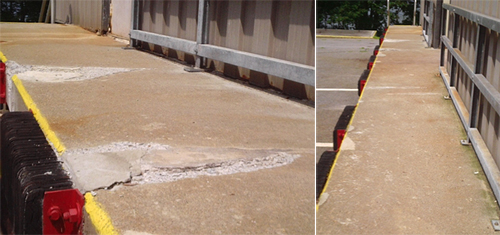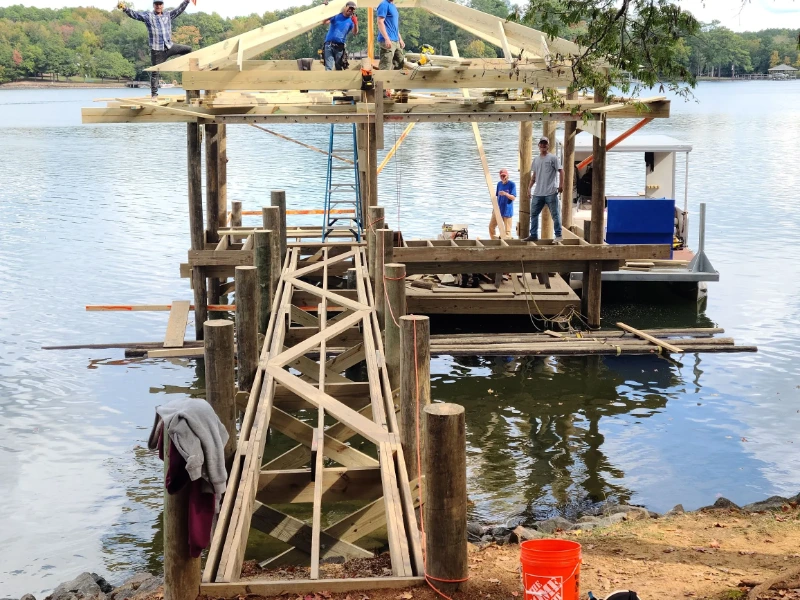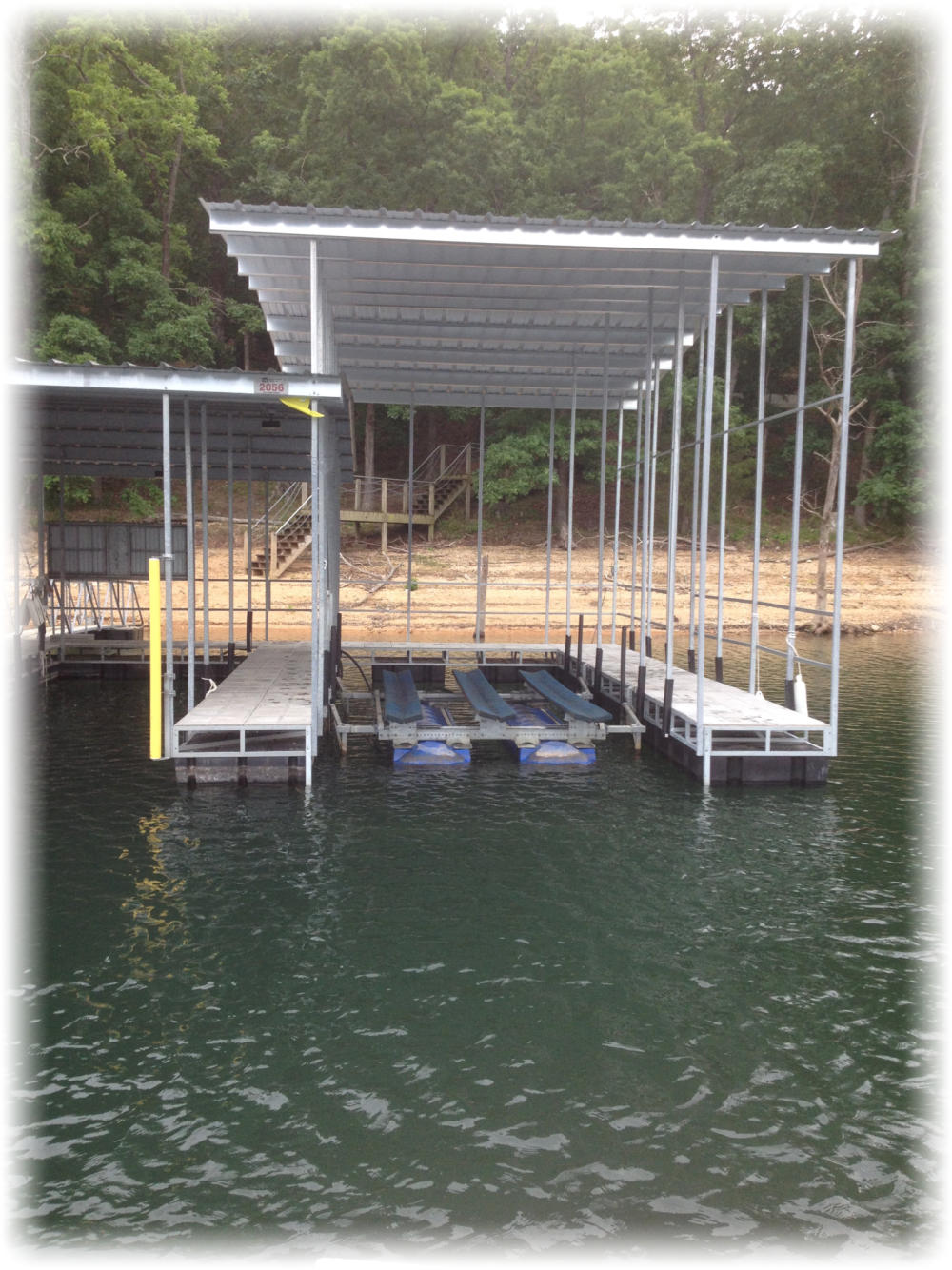Crucial Overview to Budget-friendly Dock Repairs for Homeowners
Crucial Overview to Budget-friendly Dock Repairs for Homeowners
Blog Article
Efficient Dock Repair Work Techniques: Ensuring Architectural Honesty
Ensuring the structural integrity of anchors through efficient fixing techniques is vital for the longevity and safety and security of marine centers. This includes a multi-faceted technique beginning with extensive evaluations using sophisticated modern technologies like finder tools and from another location ran cars (ROVs) to find both noticeable and hid damages. Subsequently, picking the right repair work products, such as composite materials and corrosion-resistant alloys, is vital for durability. Structural support approaches, consisting of the application of cross-bracing systems and load-distribution plates, play an important duty in mitigating stress and anxiety points. However, the importance of these methods comes to be evident when discovering sophisticated repair work methods and preventative upkeep techniques.
Analyzing Dock Damages
Examining dock damage is a crucial initial step in ensuring the structural stability and safety of any kind of docking facility. This first assessment includes a comprehensive inspection to recognize both hidden and visible problems. Secret aspects to check out include the dock's structure, pilings, outdoor decking, and hardware. Each element should be scrutinized for signs of wear, rot, deterioration, or other kinds of deterioration that could compromise the architectural integrity.
Architectural engineers or certified examiners generally execute these evaluations utilizing specialized tools and methods. For example, underwater evaluations might employ finder tools or remotely operated vehicles (ROVs) to detect immersed damage. Over water, aesthetic evaluations are matched by utilizing dampness meters and various other analysis devices to reveal underlying issues not instantly visible to the nude eye.

Finding Repair Work Materials
Picking the suitable fixing materials is a critical step in the dock repair procedure, one that directly affects the longevity and performance of the fixed structure. Material choice have to be driven by elements such as ecological conditions, load-bearing requirements, and compatibility with existing dock components. Wood is a typical option for docks due to its natural strength and visual charm. Picking the ideal type of wood, such as pressure-treated lumber or normally rot-resistant varieties like cedar or teak wood, is critical to hold up against marine settings.
In enhancement to timber, composite materials are significantly popular because of their durability and low maintenance needs. Compounds, usually made from a mix of plastic and timber fibers, use superb resistance to rot, bugs, and UV damages. For metal docks, selecting corrosion-resistant alloys such as galvanized steel or marine-grade aluminum is important to prevent corrosion and make sure structural integrity in saline water problems.
Epoxy resins and marine-grade sealants are important for repairing splits and securing joints, offering a water-proof barrier and improving the dock's general strength. By thoroughly selecting high-grade materials, dock repairs can achieve long-lasting results, therefore securing versus future degradation and ensuring safe, trustworthy usage.
Architectural Support Techniques
Efficient architectural reinforcement strategies are important in ensuring the stability and durability of dock repair services. One fundamental technique involves using steel or composite support bars (rebar) within concrete frameworks. Rebar supplies extra tensile stamina, preventing fractures and distributing loads extra evenly. This method is especially reliable for anchors exposed to heavy lots or extreme ecological conditions.
Another crucial strategy is the application of fiber-reinforced polymers (FRP) These materials provide high strength-to-weight ratios and superb resistance to corrosion, making them perfect for reinforcing wooden or concrete docks. FRP can be applied in sheets or strips and bound with epoxy resins to enhance architectural integrity.
Supporting and securing systems also play an essential duty in architectural support. Cross-bracing, utilizing metal or wood beam of lights, can combat lateral pressures, decreasing swaying and motion. Securing systems, such as helical piers or driven piles, give a secure foundation by transferring lots to deeper, a lot more stable soil layers.
Lastly, the integration of load-distribution plates can assist distribute weight a lot more equally across the dock's surface area, alleviating localized stress factors. These methods collectively make certain that anchors remain secure and robust, qualified of standing up to the roughness of their functional environment.
Advanced Repair Service Approaches

Another sophisticated technique involves underwater welding, which enables repairs to be conducted without the requirement to dewater the location. This method is particularly beneficial for attending to architectural concerns in submerged dock components, ensuring very little interruption to procedures. Improved welding strategies, combined with robotic systems, supply precision and reliability, therefore extending the life expectancy of the dock.
In addition, cathodic security systems are implemented to stop rust in metal dock structures. By utilizing sacrificial anodes or amazed current systems, these techniques properly reduce the electrochemical processes that result in material degeneration.
Finally, advanced surveillance innovations, such as architectural wellness monitoring (SHM) systems, give real-time data on the problem of dock structures. These systems enable aggressive upkeep and timely treatments, eventually guaranteeing the long-lasting structural honesty of the dock.
Maintenance and Prevention
Upkeep and avoidance are fundamental ideas that underpin the long life and security of dock structures. Normal examinations are critical, allowing for very early discovery of wear and tear, possible weak points, and ecological impacts. An aggressive method, entailing regular look for deterioration, rot, and architectural changes, alleviates expensive repair services and extends the dock's operational life.
Safety nets should consist of applying protective finishes to metal parts to defend against rust and utilizing treated wood to stand up to degeneration. Furthermore, ensuring correct drainage and air flow can avoid water buildup, which is a common cause of structural destruction. Incorporating high quality materials and sticking to maker standards throughout building and repair service stages also Clicking Here play vital roles in boosting sturdiness.

Educating personnel in dock maintenance finest practices makes certain constant application of preventive steps. Leveraging technical developments, such as drones for evaluations and sensing units for real-time tracking, can additionally enhance maintenance initiatives. By prioritizing upkeep and prevention, dock proprietors can make sure structural honesty, functional safety, and economical management over the dock's lifespan.
Final Thought
Finally, maintaining the architectural stability of marine facilities demands comprehensive dock repair service strategies. Thorough inspections utilizing advanced tools discover both visible and concealed problems, while the choice of suitable repair products improves durability. Applying architectural reinforcement techniques addresses tension factors properly. Advanced repair work discover this info here strategies, combined with normal maintenance techniques, make certain the dock remains functional and safe under varied ecological conditions. Taking on these strategies substantially extends the life-span and performance of marine framework.
Ensuring the structural integrity of docks via efficient fixing strategies is extremely important for the longevity and safety of aquatic centers.Picking the appropriate repair materials is an essential action in the dock restoration process, one that directly affects the longevity and efficiency of the fixed framework.Efficient structural reinforcement strategies are important in ensuring the security and durability of dock repairs. By prioritizing upkeep and prevention, dock proprietors can make sure structural integrity, functional security, and economical management over the dock's lifespan.
In verdict, maintaining the structural stability of marine facilities requires detailed dock repair service strategies.
Report this page